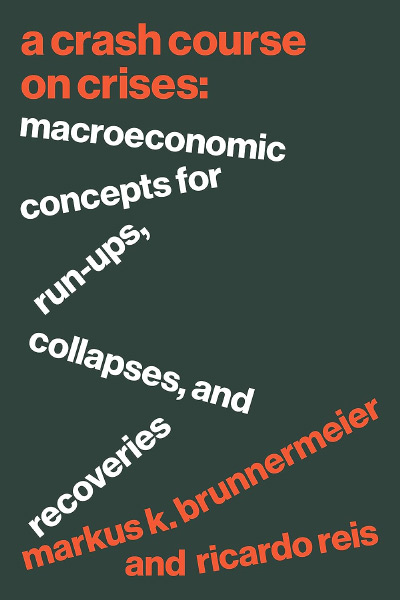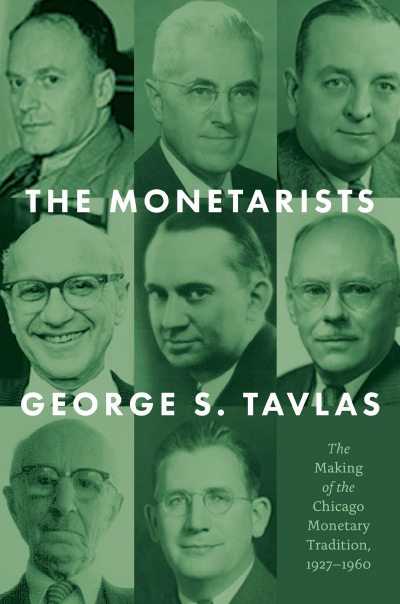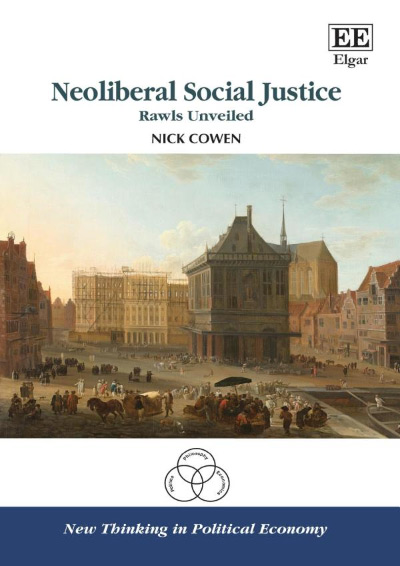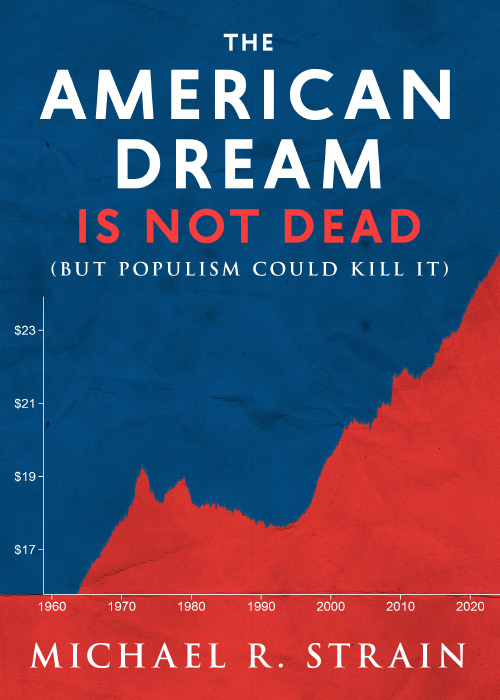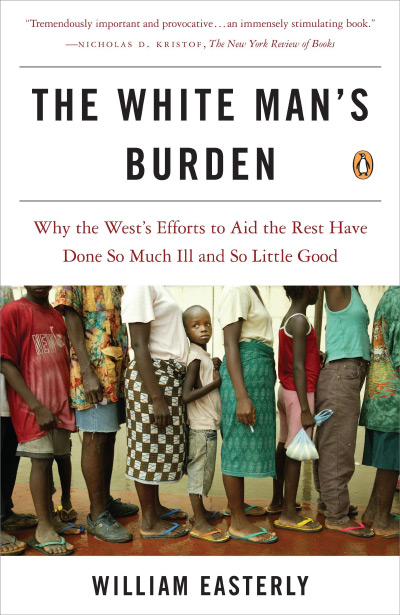This interesting and valuable new book on financial crises and collapses offers multiple insights on what makes expansions unsustainable, how conditions develop that make an economy ripe for collapse, and how financial crises spread to other sectors and from country to country. The authors are professors at Princeton (Brunnermeier) and the London School of Economics (Reis), and the book presents their distilled wisdom and experience in applying macroeconomic principles to analyzing various crises and crashes. Each chapter is structured to introduce and develop one relevant macro-financial concept, often illustrated with one or more graphs, followed by two historical examples that illustrate how the principle applies to understanding and analyzing a particular collapse. Most examples are from recent history and a number overlap. For example, several different concepts are illustrated through the prism of the 2007–09 financial crisis. Chapter one previews the rest of the book.
Three chapters discuss the underlying causes of financial crises, that is, how various structural weaknesses might develop that could contribute to an unsustainable real expansion or price bubble and thus lead to a crisis. Chapter two presents a Keynesian model of financial bubbles where persistent expectations inflate prices and perniciously keep them inflated. This explanation of Keynes’s “animal spirits” is more detailed and better motivated than Keynes’s own description in The General Theory. To be prone to unsustainable bubbles, all a market needs is a critical mass of momentum investors who keep prices rising even after market fundamentals no longer justify further price increases. This process is illustrated first with the Japanese stock and real estate bubbles of the 1980s and 1990s, where the value of the most expensive neighborhood in Tokyo exceeded the total land value of California or Canada. Unsurprisingly these values could not be sustained and ultimately collapsed. Price rises were triggered by low interest rates and financial liberalization, but momentum investors kept them rising far beyond what was justified or could be sustained. The second example is the dot-com bubble that led to the 2001 recession. Innovation held out the promise that start-up firms would grow to dominate their emerging industries. This may have been true for a small number of firms, but tech boosters’ overoptimism was extrapolated to virtually every technology firm, taking in expanding numbers of investors and absorbing more of their savings as the bubble developed. Fund managers increasingly abandoned conservative fundamental valuation because as the bubble expanded, they were expected to match or outperform the bubble. In the short term many fund managers and investors could do this as long as the unsustainable tech bubble continued to grow, but everyone paid the price when it burst.
The book has a welcome international flavor, with many applications relating to international capital flows or discussing contagion from one country to another, especially within the EU. Chapter three addresses international capital misallocation. Financial capital can often realize a higher return in capital-poor developing economies where scale economies have not been fully exhausted. However, higher returns are contingent on optimal resource allocation. Developing countries’ financial markets are generally riskier and less-regulated, lacking in a mature regulatory infrastructure—particularly lacking in self-regulatory institutions. The potential for capital misallocation is illustrated with a two-sector model where production possibilities frontiers determine combinations of tradeable and non-tradeable goods. Manufactured goods are internationally tradeable while construction and real property are not. Local interests often favor non-tradeable goods because pre-existing local monopolies can be expanded through corruption and lobbying for inefficient government intervention. This results in less efficient production overemphasizing the non-tradeable sector. Local elites’ preferences for activities they traditionally dominated can result in misallocation within either sector. After European economic integration capital flowed from the center to the less-sound periphery in pursuit of higher returns, this triggered unsustainable expansion in Portugal and Greece. Similarly, Chile’s economic liberalization led to significant expansion but ultimately to a crash in 1982.
Chapter four examines traditional banks and near-banks which emerged more recently. Like traditional banks, near-banks provide loans and liquidity, but operating outside the watchful eyes of a country’s banking regulators, they can also inject volatility and uncertainty. How near-banks’ balance sheets differ from those of traditional banks suggests why they are more vulnerable to unforeseen changes in asset values and market conditions. The trend toward financial securitization of the 2000s is discussed, along with the accompanying unsustainable booms in U.S. real estate, construction, and financial services. These sectors all collapsed at the onset of the 2007–09 Great Recession when the securities they depended on were suddenly recognized as being far riskier than investors had previously believed. Contemporaneously in Spain, savings banks expanded because they could suddenly securitize their mortgage portfolios, rendering the whole financial sector more vulnerable, fragile, and ripe for collapse.
The next three chapters look at what triggers a crash once the underlying fragility has been established. Chapter five discusses how institutional factors can aggravate systemic risk, fragility, overleverage, and contagion. Applications are to the 2007–08 Irish banking crisis and the successive waves of emerging market crises that spread worldwide from 1997–98. Chapter six distinguishes enterprise liquidity and solvency, noting that the interest rate spikes which often accompany financial crises can make otherwise solvent enterprises temporarily illiquid, preventing them from rolling over short-term debt or operating through a crisis, at least without a bailout. These short-term cash flow constraints can prove fatal to individual firms, and under the right conditions they can have a broader, economy-wide impact where each bankruptcy can potentially lead to the subsequent bankruptcy of many others. Firms can mitigate this vulnerability by diversifying their portfolios, but when a particular asset class grows sufficiently and unsustainably in value, that impairs diversification and safety. This observation is then applied to the 2010–12 Greek debt crisis, where the government’s acknowledgement of greater borrowing than it had disclosed previously caused Greek bonds to fall in value and increased their default risk. The next application is the 1931 failure of Austria’s Creditanstalt Bank, which spilled over to affect banks across Europe, especially in Germany.
Chapter seven examines relationships between bank credit and government finance. Bank failures generally strain government budgets because they call for greater outlays for bailouts, welfare transfers, and unemployment benefits, while also reducing government revenue. The other side of this equation is that when governments overleverage themselves with too much debt, the value of their bonds falls, causing the banks that hold those bonds to lose asset value from their balance sheets, reducing their ability to inject liquidity. After the introduction of the Euro, many European banks expanded, but in the wake of the 2007 financial crisis, individual European governments had to bail out many of these banks, particularly in the more overleveraged Euro-zone periphery. The 2001–02 Argentine debt crisis is also presented as an example. Regulatory pitfalls are highlighted, especially insofar as regulators invariably treat their own government’s debt as a high-quality asset, regardless of whether that is justified, placing government borrowing beyond direct market discipline.
Chapter eight examines the causes and impact of a flight to quality. Banks typically reassess their risk environment during a crisis, realizing that assets they formerly perceived as safe and conservative are actually more risky. This risk recognition disciplines banks to rebalance their portfolios in favor of purportedly safer assets like government bonds. Domestic financial regulators almost universally enforce the legal fiction that their own government’s bonds are high-quality, low-risk assets, even when this is not close to being true. To the extent they are able, banks will always try to hold the asset mix their regulators require. This flight to quality invariably creates liquidity shortages in times of crisis, which can frustrate economic recovery and spread contagion once a crisis has started. And if purportedly quality assets that are the objects of the banks’ flight are issued by already overleveraged governments, removing liquidity from the market may not even contribute much to reducing risk. Applications are to the 2010–12 Euro-zone sovereign debt crisis and the 2020 flight of emerging-market capital to the U.S.
The last part of the book addresses regulatory responses to crises and the impact this has on any subsequent recovery. Chapter nine looks at exchange-rate policy. Depreciation of a country’s domestic currency can boost exports by making them cheaper and more competitive, but depreciation simultaneously hurts the balance sheet of any institution obligated to make payments in hard foreign currency. This can offset the current account benefit of a depreciation, especially for a small, open economy that owes significant dollar-denominated debt. Furthermore, government defaults hurt their creditors. The chapter’s analysis of currency depreciation is applied to the 1994 Mexican debt crisis and the recovery from the 2007–09 Great Recession.
Chapter ten addresses monetary policy, where post-Great-Recession central banking has managed progressive, macroprudential de-leveraging, with banks encouraged and compelled to hold progressively more reserves, both in absolute terms and as a percentage of outstanding leverage. Until 2019, central banks also used unprecedented quantitative easing to keep interest rates low and investment spending high. Widespread easy-money policies lasted until inflation began to manifest after the pandemic. Applications are to monetary policy of the Bank of Japan from 2000 and the European Central Bank from 2008–15. Chapter eleven examines fiscal policy. Debt-financed government spending can affect the equilibrium between saving and investment as government borrowing-dissaving displaces the private investment needed to sustain long-term growth. These insights are applied to public and private saving in the U.S. and Europe during the 2020 pandemic and to the end of the Great Depression in the U.S.
The authors have constructed a logical sequence of chapters moving from discussions of underlying causes of financial fragility, concealed risk, and unsustainability, to the mechanics of proximate causation which triggers a crisis, contagion from one industry or country to another, how institutional and investor responses can further stress already vulnerable markets, to their assessments of regulatory responses and attempted or recommended reforms. Inevitably one might quibble with the authors’ emphasis. For example, I would have liked to see Hyman Minsky’s (1986, Stabilizing an Unstable Economy, New Haven: Yale University Press) Financial Instability Hypothesis discussed, or a presentation of how alternative business cycle theories might apply to various crises and recessions. Some of the policy postmortems sound a bit like analyzing the strategies of generals preparing to fight the last war. Nevertheless, this is a valuable and even enjoyable book. Anyone interested in investment or policy analysis will benefit from the authors’ sound judgement, experience, and many insights.



